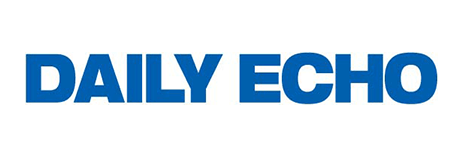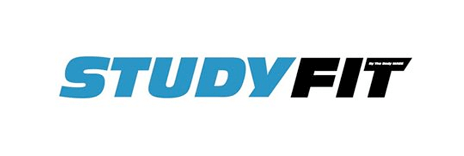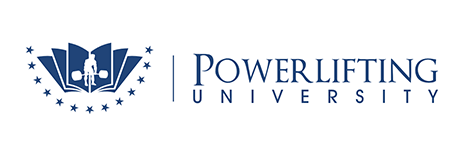Strength training for the Older Athlete
“60 Years old is NOT too old to barbell train. Lifting weights should be something you do for life”
Dr. Aaron Horschig
Strength training for the older athlete – The dos, don’t and musts
Strength training into your 50s and further is something that we should all be looking to achieve. The older we get the more strength training we need to stay mobile for everyday activities as well as slowing down the aging process associated with muscle mass and motor function loss. Those who strength train into their 50s have a lower chance of joint pain, falling, fractures, osteoporosis and ultimately an early death. The most rewarding clients I have trained are the ones who have thanked me from the bottom of their heart, just because they can now run around the garden with their kids and not be in pain the day after. Obviously the benefits out weight the negatives, however it is daunting trying to find where to start, if you haven’t completed a bodyweight squat since primary school.
If you want to grow older without back pain, a blown Achilles or a total knee replacement – LEARN to sit in a deep bodyweight squat EVERYDAY
Learning the basics well – This is paramount when trying to lift into your 50s and beyond. Those who struggle with joint pain and mobility issues usually have spend years completing motor patterns incorrectly. Master the basic movements of a hip hinge and a bodyweight squat.

The hip hinge should have no round in the upper back and the whole back should be completely flat. Imagine there is a tea tray on your back. The squat wants zero butt wink, a high chest and a flat back too.
Dominate your posterior chain – Your posterior chain is the most influential area of your body if you’re aging or not. Because your posterior chain (back half of your body) degrades slightly faster than your anterior (front half) the more you work on this, the less likely you will start to stoop and get that “old look”. Examples of posterior chain exercises are deadlifts, squats, pull ups and even little stabiliser exercises such as sea turtles.

Just your casual 227.5kg (500lb) deadlift by a 75year old man, Ernie Parkes………..

For sea turtles, start with your hands in position A and move into position B WITHOUT letting your hands touch the floor and WITHOUT letting your feet come off the floor. 3-second tempo down and up – This is important.
Understanding pain vs. discomfort in the older athlete– You shouldn’t experience pain when lifting. This is a given for any lifter really, just something most people overlook. THIS DOES NOT MEAN YOU SHOULD NOT LIFT HEAVY. Quite the opposite. Muscles that are challenged by resistance gradually increase in strength and size. On the contrary, if a muscle isn’t challenged, tissue breakdown and rebuilding is never going to happen. On a pain scale of 1-10 (1 being nothing, 10 being “oh my god I can barely talk the pain is so bad) you should aim for no more than a 4. However its super important to note that is not related to effort level. This scale should be treated differently. I guarantee if you hang around a 4/10 effort level your whole session progress will NEVER happen.
Understand volume and intensity in the older athlete– You are not 21 any more, don’t dive into a workout with a 21 year olds mentality. It will not end well. The general rule of thumb is:
More training years under your belt = Less time at the higher volumes and intensity (per cycle)
More candles on the birthday cake = Lower total volume and intensity (per week)
So if you have been training for a long time and in you’re in your 50s you might want to think about picking your week when to go heavy (say once every 8 weeks) and keep the intensity lower than if you were in your 20s. Alternatively, if you are in your 50s but are relatively new to training, you can get away with going heavier more often. This is due to a range of neurological and physical adaptions such as an increase in myofibrillar size and number, changes in fibre types as well as density. These adaptations happen much faster in untrained muscles regardless of age.

All the points above lead to strength training to a moderate to high intensity being good for… well everyone. But the pace you work at as you get older may vary a little. This doesn’t mean you need to hang up the weightlifting belt and pick up the Nordic walking poles just yet. Build up, listen to your body and lift heavy enough to cause progression. Its that simple.
Book in today for a Consultation with one of our coaches to see how we can help you with your fitness journey. Book in here follow the link and fill in the trial box.
You can also find us on FB and Instagram : Would be cool if you follow us on these platforms!






